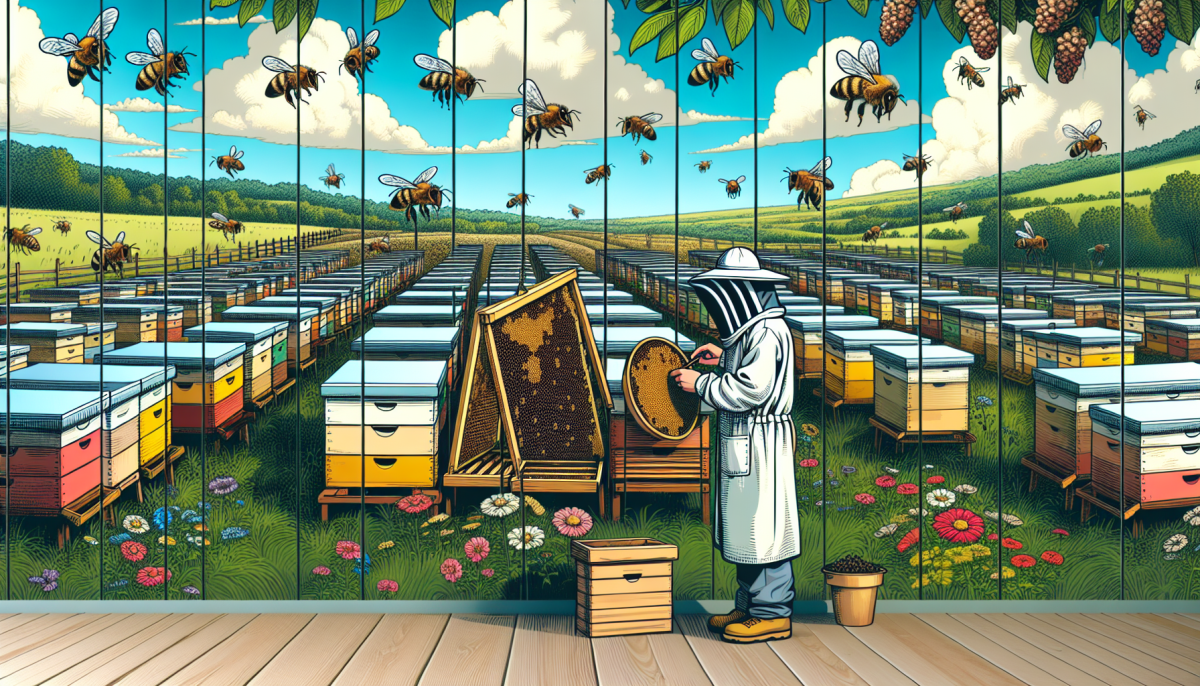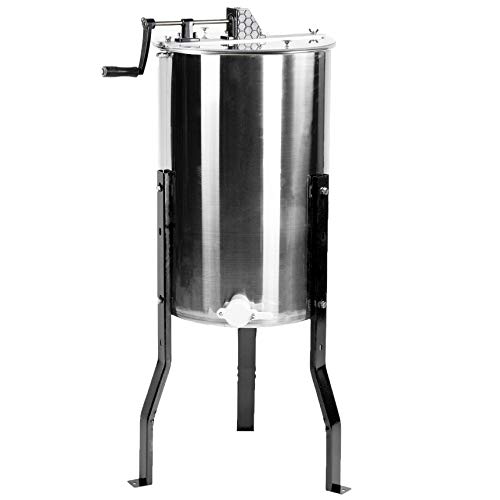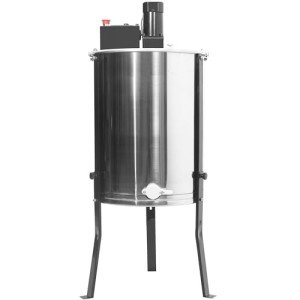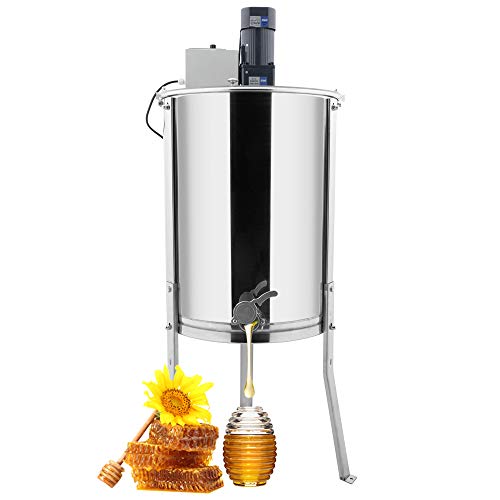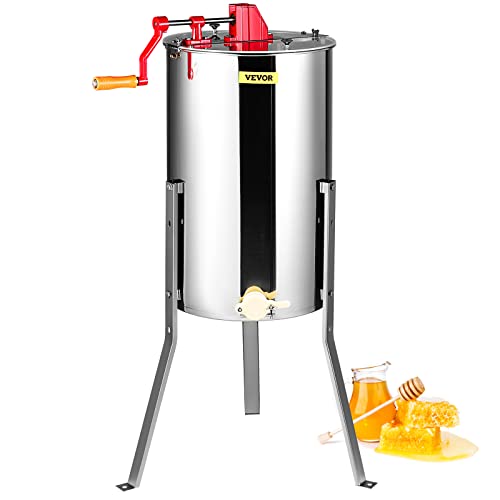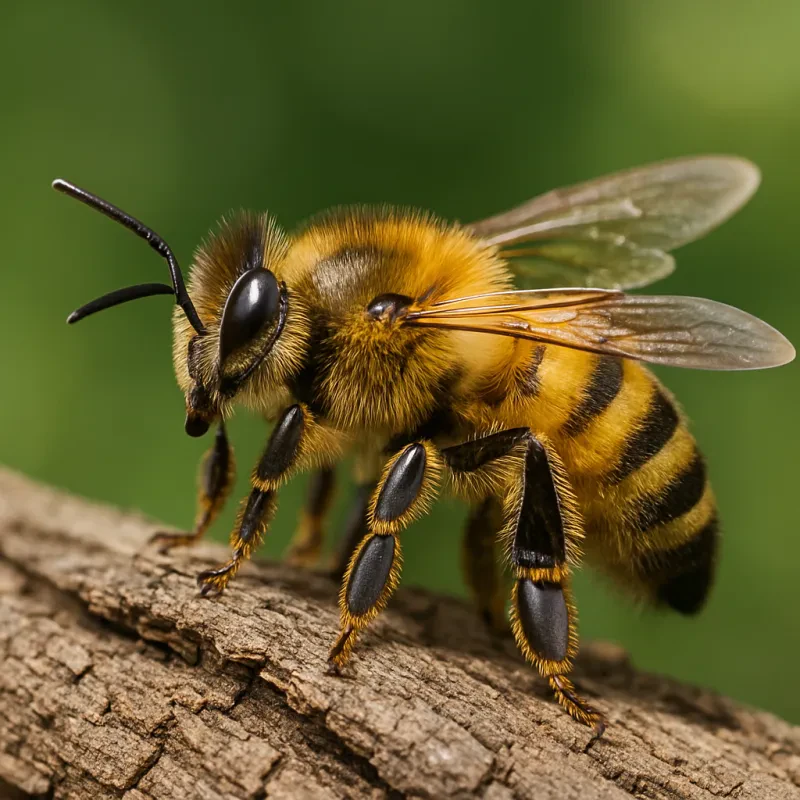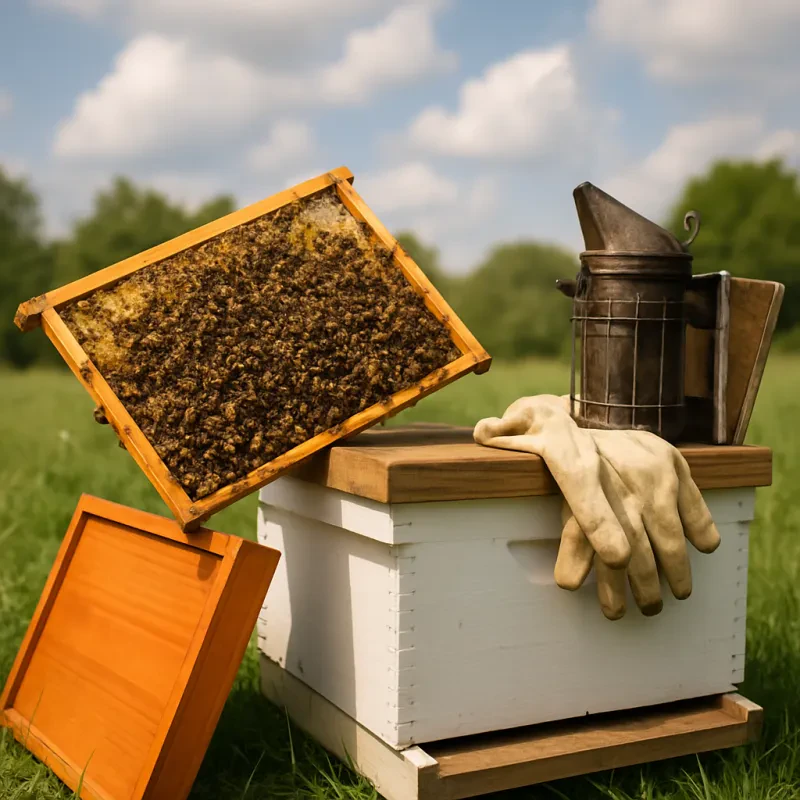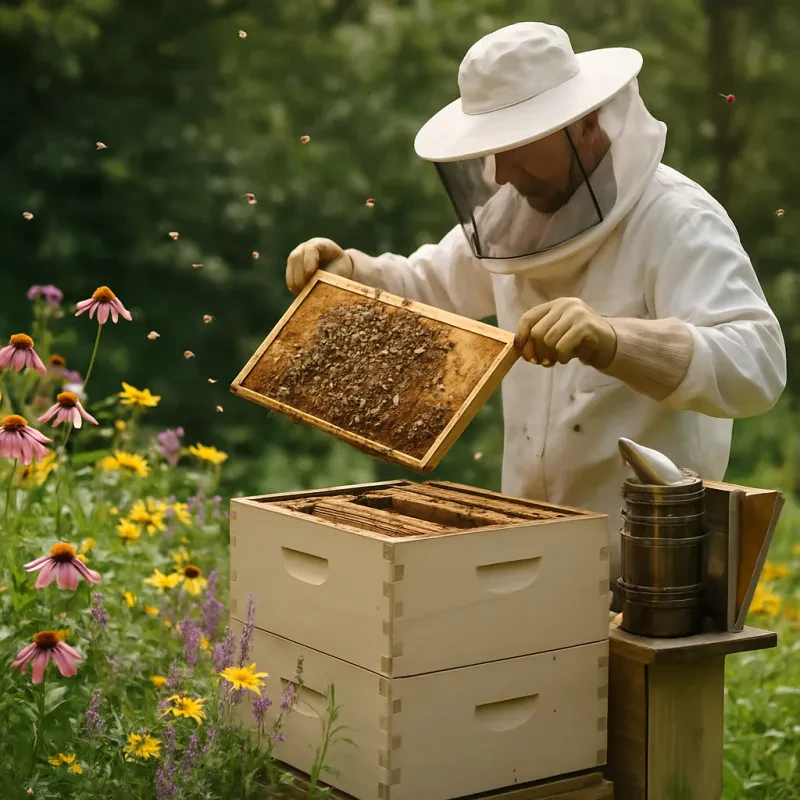Next, you’ll want to figure out what type of hives you want to use in your apiary. The most common are Langstroth and Top-Bar hives. Langstroth hives are great for beginners because they’re easy to manage and super efficient. If you prefer a more hands-on approach, Top-Bar hives let you observe and interact with your bees more closely. Choose a style that fits your comfort level and beekeeping goals.
Once you have your hive set up, it’s time to get your bees! You can order a package of bees or a nuc (nucleus colony) from a local supplier. A package comes with a queen and a bunch of worker bees ready to start their new life in your apiary. If you choose a nuc, you'll get a mini-colony already established, which is often easier for beginners.
Finally, don’t forget about the essential tools you’ll need to maintain your apiary. A good bee suit, gloves, smoker, and hive tools are must-haves. The bee suit will protect you from stings, while the smoker calms the bees when you open the hive. Regular inspections are key, so having the right tools will make each visit to your apiary smooth and stress-free. Happy beekeeping!
Essential Beekeeping Equipment You Need
Setting up your own apiary can be an exciting journey, but having the right equipment makes all the difference. Whether you're just starting out or looking to refine your setup, here are some essential items you'll want to have on hand.
Bee Suit: A good bee suit is your first line of defense. Look for one that's comfortable and breathable, but thick enough to protect you from stings. You'll thank yourself when you're out working in the sun! Don’t forget a veil or a head covering to keep those flying friends away from your face.
Hive Tool: This simple but important tool helps you manage the hives easily. You can pry open hive boxes, scrape away excess wax, and even brood frames. It's handy for everything from inspections to maintenance. Having one on hand will save you time and make your beekeeping experience smoother.
Smoker: A smoker is essential for calming your bees. It produces cool smoke that helps mask alarm pheromones, making it easier for you to work with your apiary. Choose one that's easy to light and can hold fuel for a decent amount of time. You'll find it’s a game changer when dealing with your bees!
Beekeeping Feeder: Depending on the season, your bees might need a little extra help with food. Having a feeder allows you to provide sugar syrup or pollen substitutes. Look for models that are easy to fill and clean, so you can keep your bees healthy without too much hassle.
Setting Up Your Hive Location
Choosing the right spot for your apiary is super important and can really affect how well your bees do. You want to find a location that keeps your hives safe and helps your bees thrive. Here are a few tips to get you started.
First off, look for a location that has plenty of sunlight, especially in the morning. Bees love to start their day with a warm, sunny welcome. Aim for a spot that gets at least 6-8 hours of sunlight each day. A sunny apiary helps the bees stay active and encourages foraging.
Next, think about shelter from the wind. A place that’s protected from strong winds will help keep your hives cozy and your bees calmer. Trees and shrubs can be great natural windbreaks. Just make sure they don’t block out too much sunlight!
Water is another key factor. Bees need water for drinking and to help cool down the hive. Try to set up your apiary near a natural water source or place shallow water dishes nearby. Just make sure they are safe and easy for the bees to access without risk of drowning.
Lastly, remember to think about the surrounding environment. An ideal apiary location is near flowering plants and trees, which provide the bees with plenty of nectar and pollen. The more food sources you can provide, the happier your bees will be!
Caring for Your Bees Year Round
Caring for your bees year-round is essential for a thriving apiary. Each season presents its own challenges and opportunities, so it’s good to adapt your approach as the months change. Here’s a simple breakdown of what to focus on throughout the year.
Spring: As the weather warms up, your bees will become very active. It’s time to check on your hives and make sure they survived the winter. Look for signs of a healthy queen and plenty of brood. Provide extra space if they’re starting to outgrow their hive, and consider adding supers to accommodate the new honey they’ll be producing.
Summer: This season is usually a busy time for your apiary. Monitor your bees for pests and diseases. Make sure they have enough food and water, especially during hot spells. Regularly inspect your hives to ensure that the honeycomb is strong and well-structured. If they’re producing more honey than they can use, it’s a great time to harvest some for yourself!
Fall: As temperatures start to drop, it’s crucial to prepare your hives for winter. Assess the remaining honey stores and make sure your bees have enough to last through the colder months. This might be a good time to treat your hives for any lingering pests. Also, ensure that the hive entrances are minimized to help keep warmth in and pests out.
Winter: Your bees will be less active, but that doesn't mean you should ignore them. Check your hives from time to time to ensure they are secure and protected from harsh weather. If they’re low on honey, you might need to feed them sugar syrup or fondant. Avoid opening the hives too much during cold snaps, as this can chill your bees. Just a little maintenance here and there can keep your apiary healthy until spring returns!
